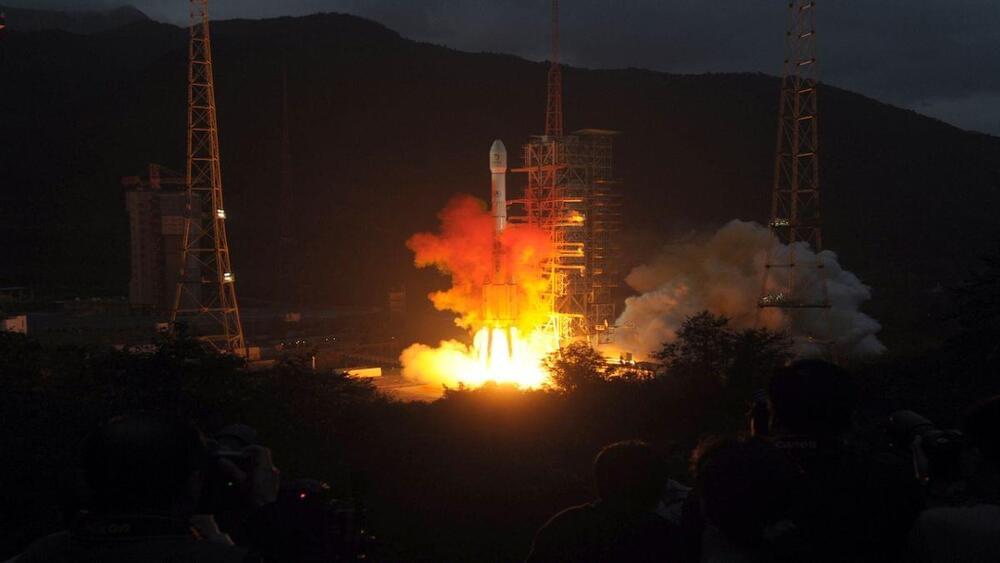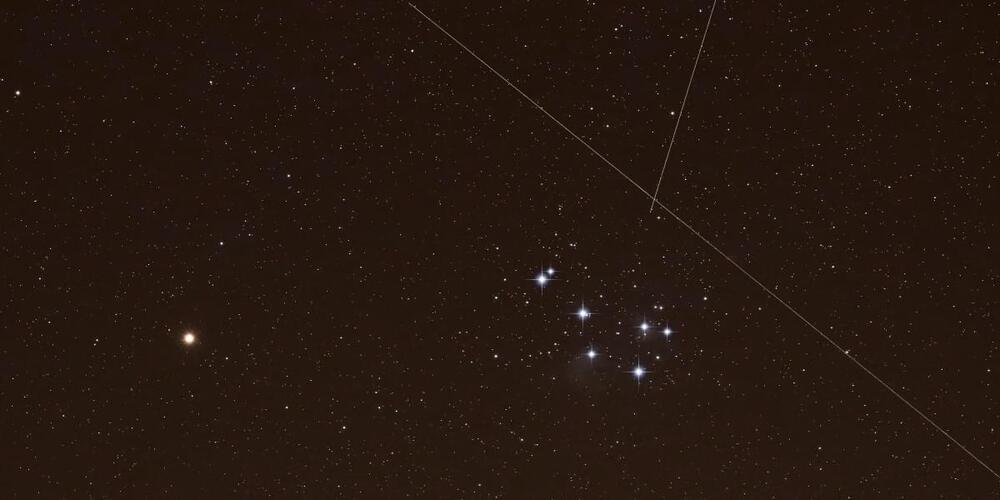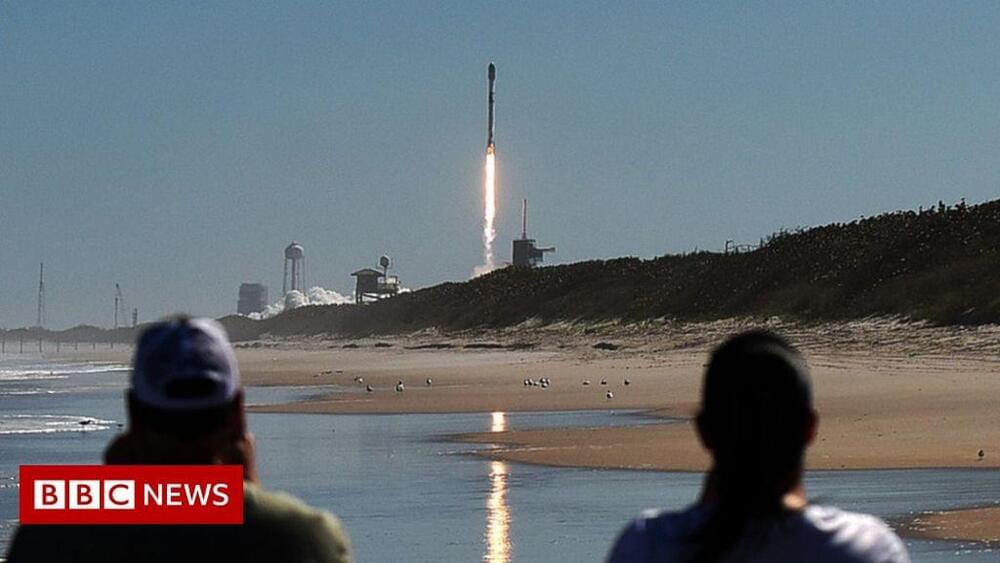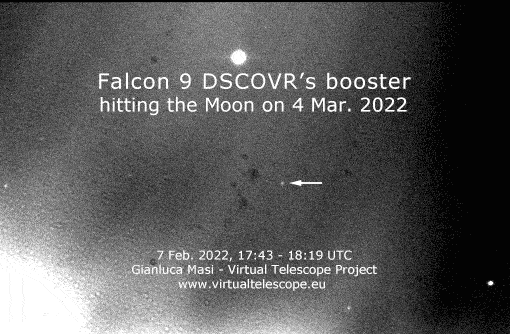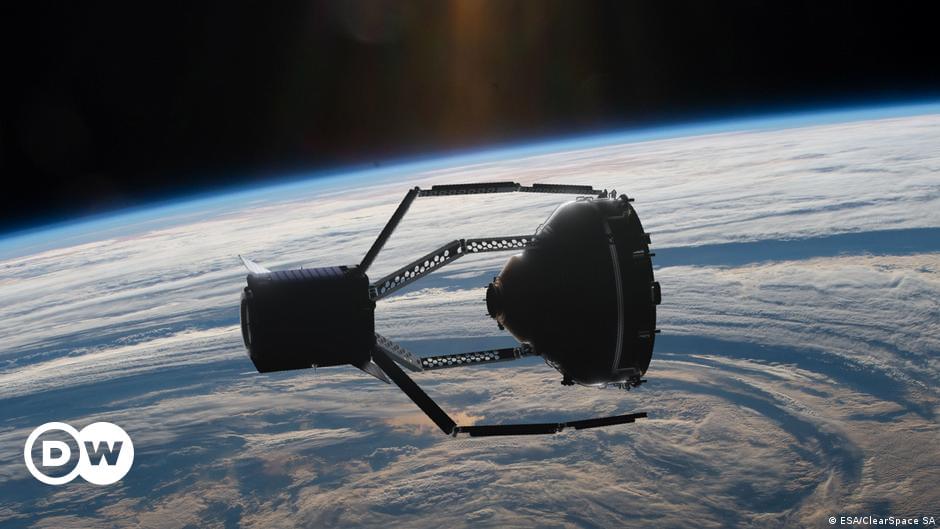Feb 14, 2022
Koalas are now endangered
Posted by Future Timeline in categories: government, habitats, satellites
When the koala fur trade began during the late 19th century, as many as 10 million koalas are thought to have existed in Australia. Since then, they have declined to a fraction of their historic range and numbers. Between 2000 and 2016, the states of Queensland and New South Wales bulldozed at least 885,000 hectares of forest and bushland that provided habitat for koalas, based on analyses of vegetation loss derived from satellite imagery.
Having previously classified the animal as “Least Concern” on its Red List, the International Union for Conservation of Nature (IUCN) uplisted the koala to “Vulnerable” in 2016. A report by the WWF in 2017 found a 53% decline per generation in Queensland and a 26% decline in New South Wales.
Estimates of their exact numbers vary considerably, but the Australian government has just published a new detailed analysis, showing the rapid and ongoing decline of koala populations in Eastern Australia. Following the disastrous wildfires of 2019–2020, they have now dipped below 100,000 to approximately 92,000 and are projected to fall by another third in this region during the next decade, possibly reaching 63,000 by 2032.

